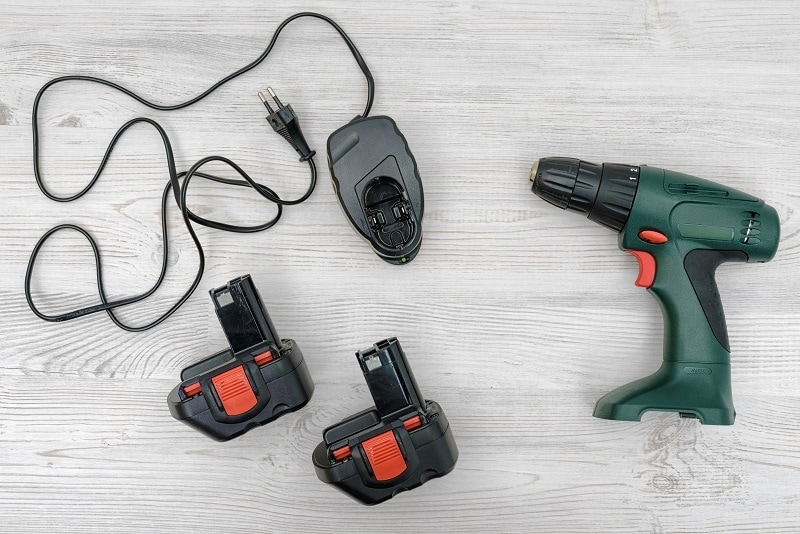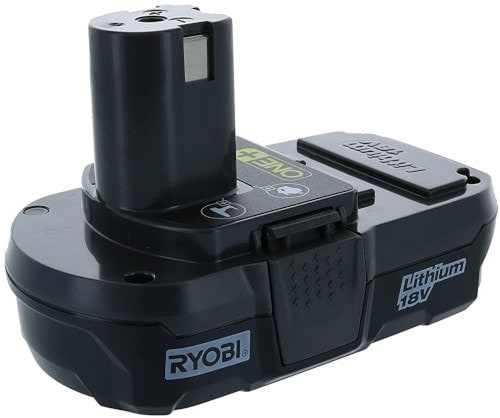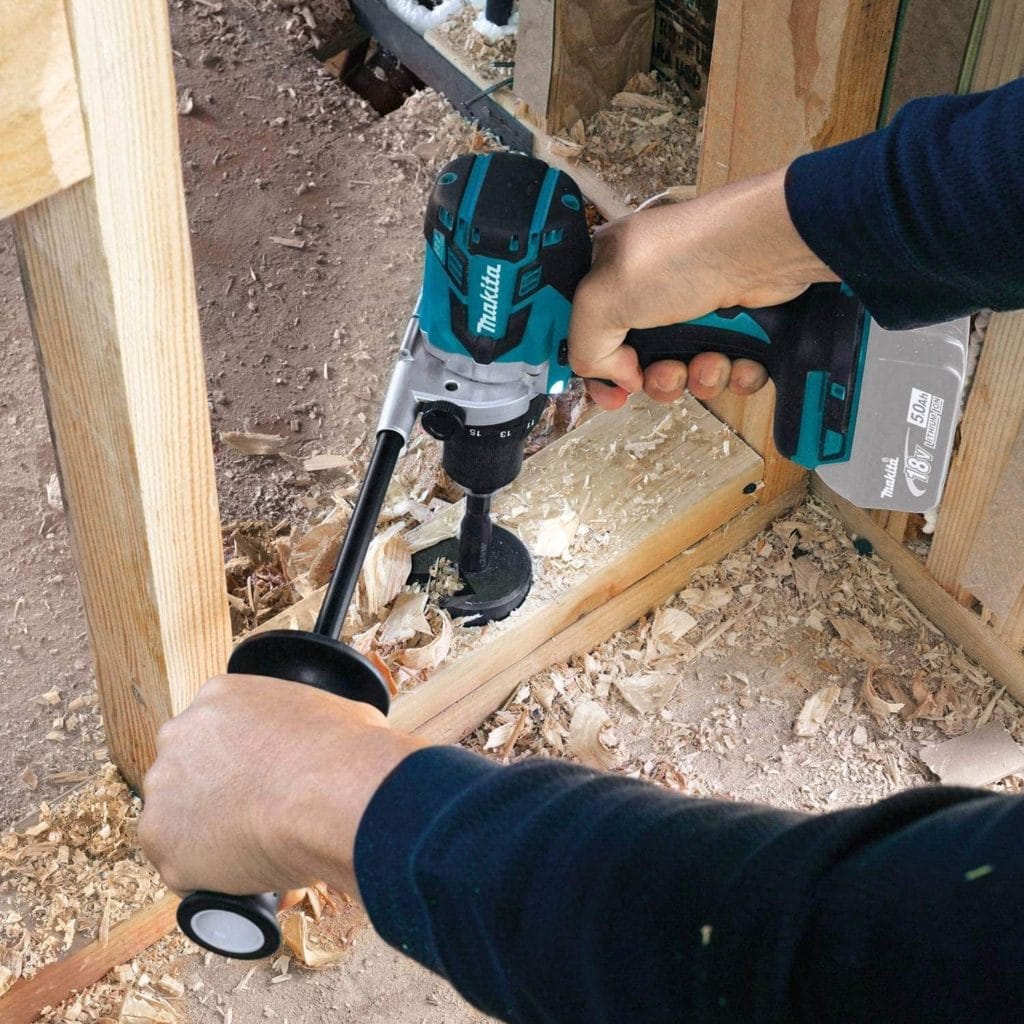How Long Do Cordless Drill Batteries Last? (A Complete Guide)
-
- Last updated:


We’re sure that anyone who uses a drill rejoiced when cordless models became available. No more did you have to deal with cords and trying to find a nearby outlet. Sure, having a battery attached to your tool added to its weight and usability. However, the payoffs made it worth every bit of effort. The question that remains is how much work can you get done on a single charge.
All things being equal, the advantage of corded drills is an endless supply of electricity. On the other hand, cordless models have their limits, especially if you only have one battery. We recommend that you have at least one spare no matter what the job or type you have. It’s far better to finish a project than leave it half done while you wait on a battery to get juiced up again.

Factors Affecting Longevity —Types of Batteries
The first point to consider is the type of battery that is powering your cordless drill. There are two main classifications of these items. They include nickel-cadmium (Ni-Cd) or lithium-ion (Li-ion). The former is the older of the two kinds. Swedish engineer Waldemar Junger invented it in 1899. It was the first rechargeable alkaline battery. Therein lies its value.
Nickel-Cadmium Batteries
You can get many uses out of a nickel-cadmium, depending on how you use it. It’s relatively energy-dense and less bulky than disposable lead-acid batteries. The problem with this type exists in its name. Cadmium is highly toxic to both people and the environment, despite the fact that it occurs in nature. That makes disposal highly problematic since it accumulates in the soil.
The other glaring disadvantage is its memory effect. Essentially, it remembers when you charge the battery. If you’re putting it back on the charger routinely before it’s spent, the battery responds to this state every time and acts like it’s done. The only way to avoid it by discharging it all the way occasionally. Then, there is the issue of overcharging, which can also affect its lifespan.
A new riff on this technology is the nickel-metal hydride battery. It doesn’t have the same issues with toxic ingredients like the Ni-Cd. While it overcomes some of the downsides of this type, it doesn’t meet the expectations of the next type that we’ll discuss.
Lithium-Ion Batteries
Lithium-ion batteries are the new guy on the block with a history that begins in 1959. They are an interesting mix of the pros of Ni-Cd batteries with additional benefits that take them to the next level. For example, the energy density of Li-ion is superior to Ni-Cd, making them an even better choice. One of the major drawbacks with them is the quick discharge of the juice.
Li-ion batteries will hold onto their power longer. They also don’t have the issues with the memory effect that Ni-Cd batteries have. The result is that you can work more efficiently with less downtime. On the downside, Li-ion products are more expensive. Therefore, it behooves you to weigh the pros and cons to find out if the good stuff justifies the higher price tag.

Disposal is still an issue but not to the same degree. However, mining the mineral is problematic because it is environmentally destructive. They are also inflammable if they short circuit. That’s why you’ll see more transport regulations with these batteries than Ni-Cd ones. Nevertheless, you can recycle them, which can offset some of the costs.

Getting the Most Out of Your Cordless Drill
Cordless drills are an essential part of your toolbox. However, they are only as good as the batteries that power them. Overly cold or warm temperatures are the enemies of any kind of battery. The best thing you can do to prolong their life is to keep them at room temps.

Self-Discharge
All batteries lose a bit of juice over time. Ni-Cd loses more than Li-ion batteries, which gives the latter the nod. They lose less over time. That’s a more significant issue if you don’t use your cordless drill often. Without the regular use and recharging, the Ni-Cd battery is left with a shorter lifespan.
- Related Read: How to Safely Dispose of Rechargeable Batteries
Type of Work
The other significant factor is the type of work that you do. If you’re drilling larger holes, it’ll take more juice to get the job done. Therefore, you’ll get less time on a charge if you’re doing these types of projects. While there’s not much you can do about it if that’s the necessary task, it makes a stronger case for having a spare available.
Maintenance
All tools involve some kind of maintenance. With drill batteries, that means lessening the effects of corrosion. It’s imperative to keep the connections clean. If you anticipate not using your cordless drill for a while, remove the battery. The same advice applies to your charger.
Battery Life
At the end of the day, you can expect an average of about two to three years from your Li-ion cordless drill battery, depending on how much you use it. A Ni-Cd battery will last less, but it’s also more dependent on how often you use and recharge it. It’s safe to say that their longevity is less because of the makeup and design of the power source.

Final Thoughts About Cordless Drill Batteries
There’s no denying the usefulness of cordless tools, whether they are drills or other devices. While they provide freedom of movement, their limitation exists with battery life. Lithium-ion batteries are the best choice for DIYers who use their tools occasionally. They hold a charge and provide a longer lifespan, which makes them indispensable.
You might also be interested in: Corded vs. Cordless Drill: Which is Better for My Needs?
Featured Image Credit: Gearstd, Shutterstock
Contents

